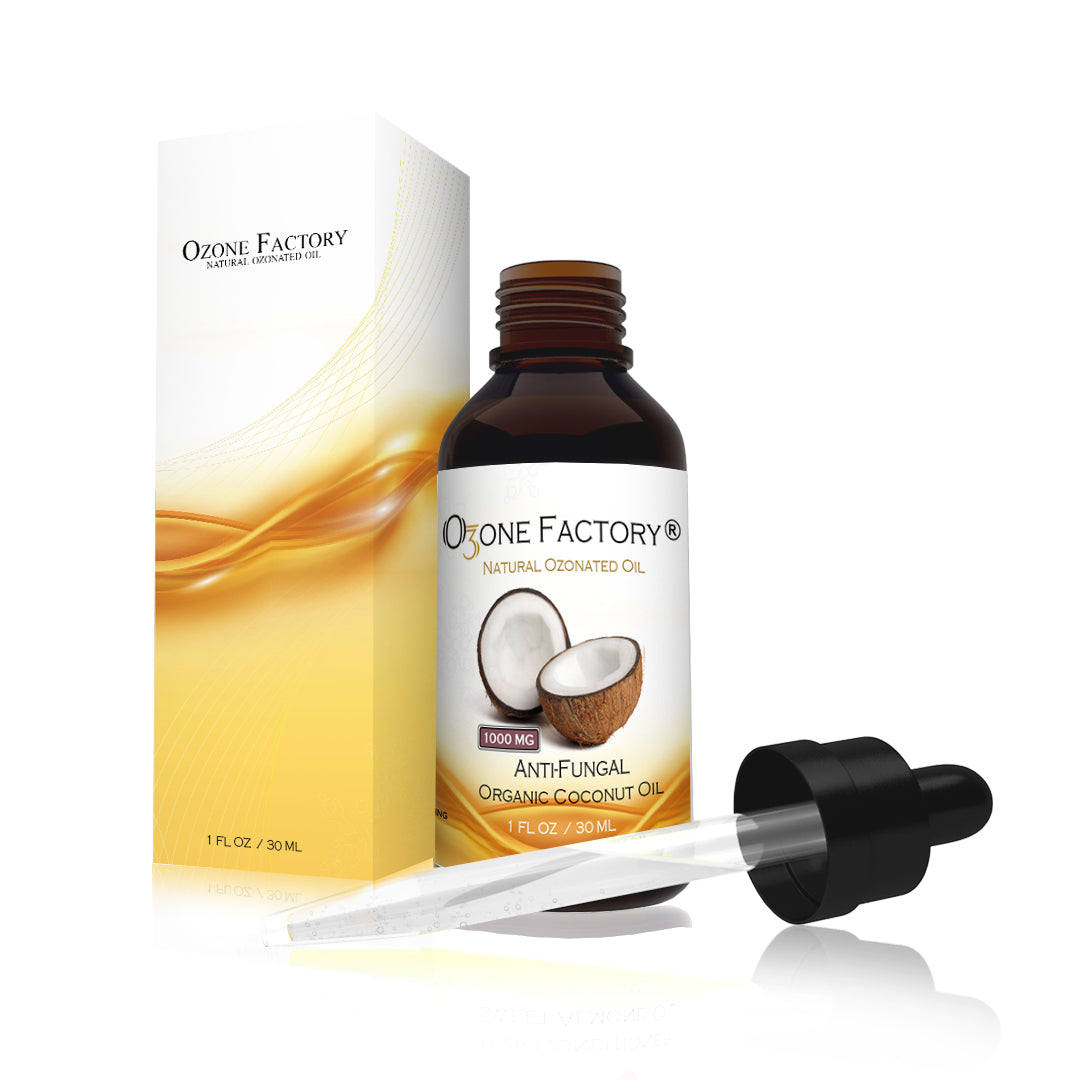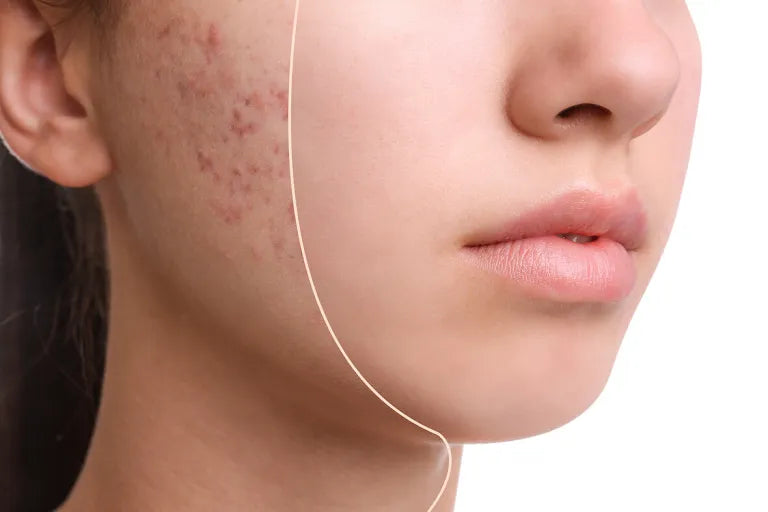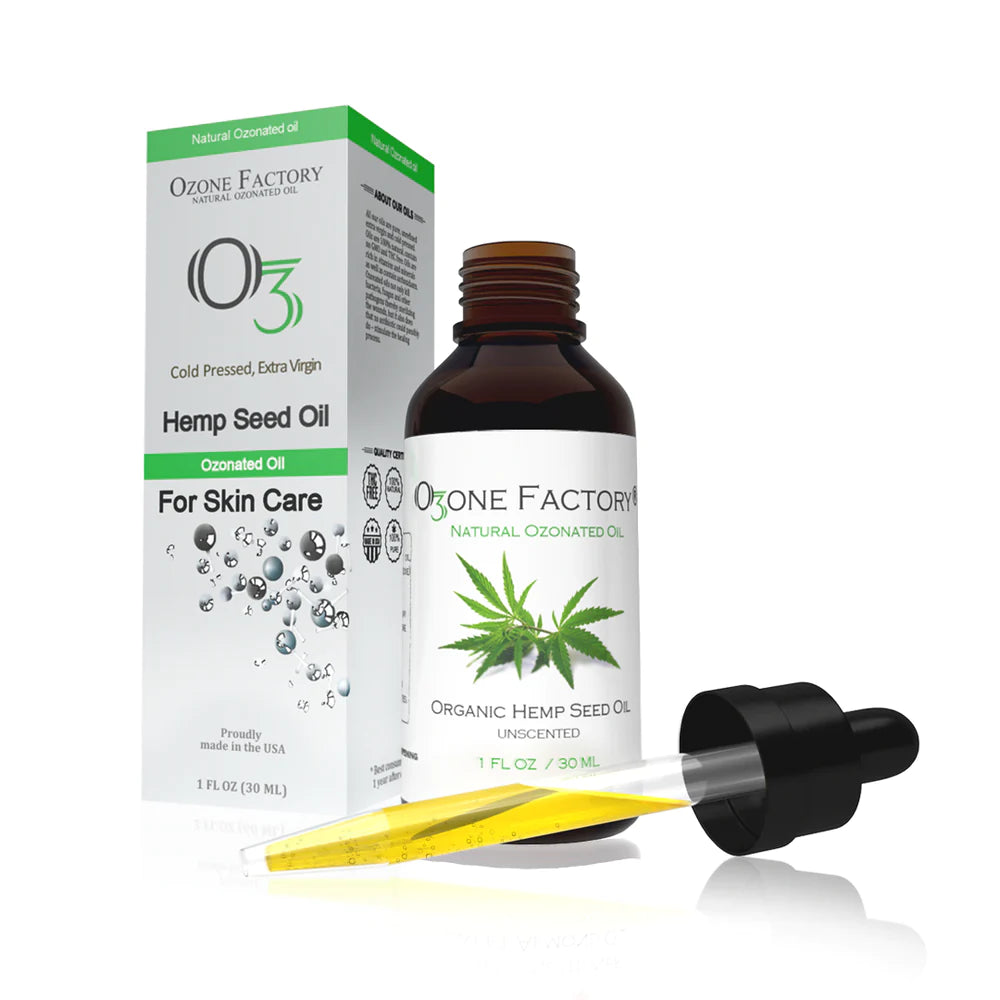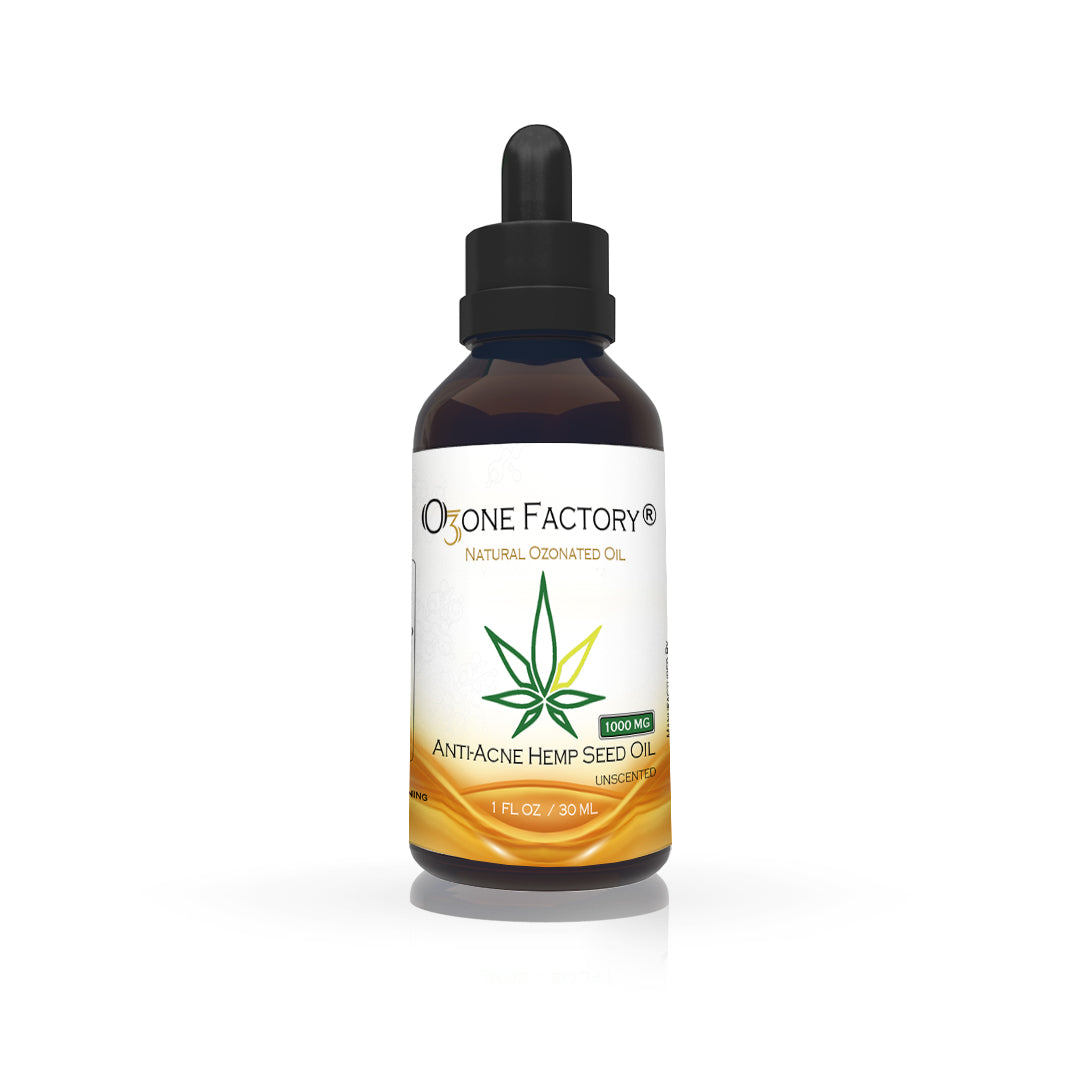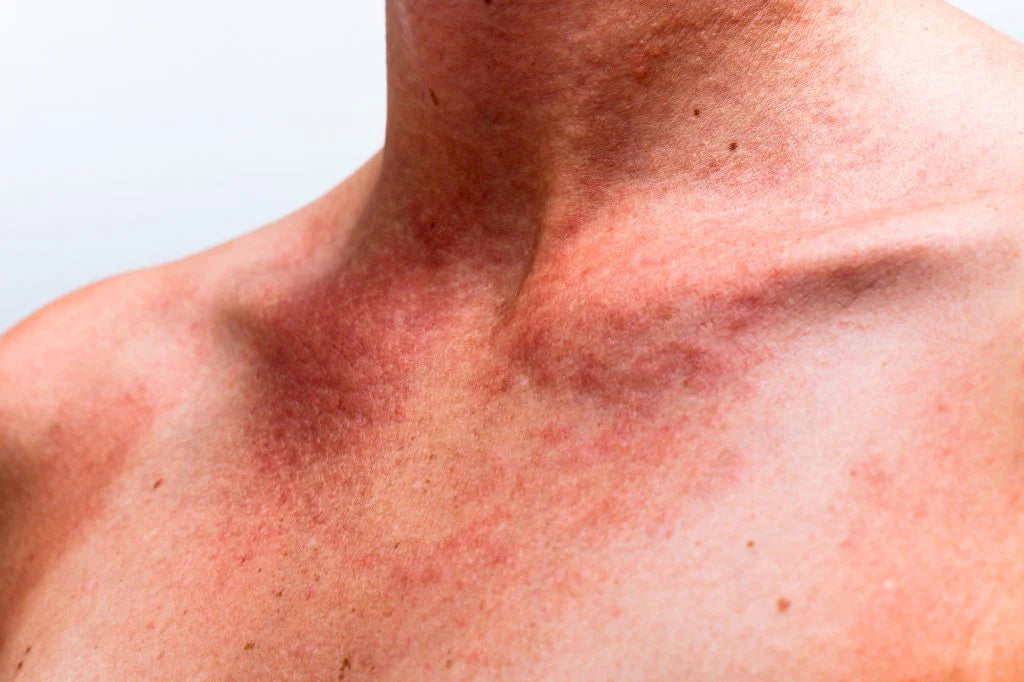
Poikiloderma is a skin condition characterized by a combination of pigmentation changes, thinning of the skin, and visible blood vessels (telangiectasia). It often affects sun-exposed areas, particularly the neck and chest, and is associated with long-term sun damage, aging, and in some cases, genetic predisposition. Though not harmful, poikiloderma can cause significant cosmetic concerns for those affected.
What Is Poikiloderma and When Does It Occur?
Poikiloderma is a chronic skin condition that typically presents with a mix of hyperpigmentation (dark spots), hypopigmentation (light spots), skin thinning, and redness. The skin may appear patchy and discolored, with the texture becoming more fragile over time.
This condition commonly develops in adults over the age of 40 due to prolonged sun exposure and UV damage. However, it can also result from other factors such as radiation therapy, certain medications, or autoimmune diseases like lupus. Some forms of poikiloderma may be congenital, appearing in childhood as part of genetic syndromes.
Common Causes of Poikiloderma:
- Long-term sun exposure (UV damage)
- Aging and skin thinning
- Radiation therapy
- Genetic factors (in some cases)
- Autoimmune diseases

Treatment Methods for Poikiloderma
Treating poikiloderma primarily focuses on reducing the appearance of discoloration, strengthening the skin barrier, and protecting the skin from further damage. Some common approaches include:
- Sun Protection: Preventing further UV damage is crucial. Regular use of broad-spectrum sunscreen with an SPF of 30 or higher is essential to prevent worsening of the condition.
- Topical Treatments: Ingredients such as retinoids, antioxidants (e.g., vitamin C), and lightening agents (like hydroquinone) can help improve pigmentation irregularities and stimulate collagen production to strengthen the skin.
- Laser Therapy: Vascular lasers, such as intense pulsed light (IPL) and pulsed dye lasers, are often used to target the dilated blood vessels and reduce redness and pigmentation.
- Chemical Peels: Mild chemical peels can help exfoliate the top layers of the skin, promoting regeneration and reducing hyperpigmentation.
- Ozonated Oils: One of the most innovative natural treatments for poikiloderma is the use of ozonated oils, which are increasingly being recognized for their skin-repairing and anti-inflammatory properties.
The Benefits of Ozonated Oils in Poikiloderma Management
Ozonated oils are oils that have been infused with ozone, a highly reactive oxygen molecule (O3). This infusion transforms the oils into powerful compounds with remarkable skin-healing properties. Ozonated oils are known for their ability to oxygenate the skin, stimulate tissue repair, and improve the overall health of the skin.
How Ozonated Oils Work:
- Enhanced Oxygen Supply: Ozone increases oxygen levels in the skin, which helps rejuvenate cells and improves circulation in affected areas.
- Antioxidant and Anti-inflammatory Effects: Ozonated oils have potent antioxidant properties, which neutralize harmful free radicals that contribute to skin aging and damage. Additionally, they reduce inflammation, which is particularly useful for soothing irritated or sensitive skin.
- Stimulating Skin Regeneration: The use of ozonated oils promotes faster healing of damaged skin, making them an excellent option for treating thinning skin and encouraging the growth of healthy tissue.
Integrating Ozonated Oils into Poikiloderma Treatment
For individuals dealing with poikiloderma, integrating ozonated oils into their skincare routine can complement other treatment methods and offer natural support for skin health. Ozonated oils can be used in combination with sunscreens and topical antioxidants, offering a protective layer that enhances skin healing while preventing further damage.
- Daily Use: Apply ozonated oils directly to affected areas once or twice daily after cleansing the skin. This ensures that the skin remains moisturized and nourished, reducing the appearance of redness and discoloration over time.
- Post-Treatment Care: After treatments like laser therapy or chemical peels, ozonated oils can support faster recovery by accelerating tissue regeneration and reducing inflammation. They provide a soothing barrier, aiding the skin’s natural healing process.
- Preventive Care: For those with a predisposition to skin conditions like poikiloderma, incorporating ozonated oils into daily skincare routines can offer long-term benefits, helping maintain skin elasticity and prevent sun-related damage.

Conclusion
While poikiloderma may not be a harmful condition, its impact on skin appearance can be distressing for many. With proper sun protection, advanced skincare treatments, and the use of ozonated oils, managing and improving the appearance of poikiloderma is more achievable than ever. Ozonated oils offer a natural, effective way to enhance skin regeneration, reduce inflammation, and protect against further damage, making them a valuable addition to any skincare regimen for those dealing with this condition.
By embracing the healing power of ozonated oils, individuals can not only improve their skin's health but also restore confidence in their appearance.


